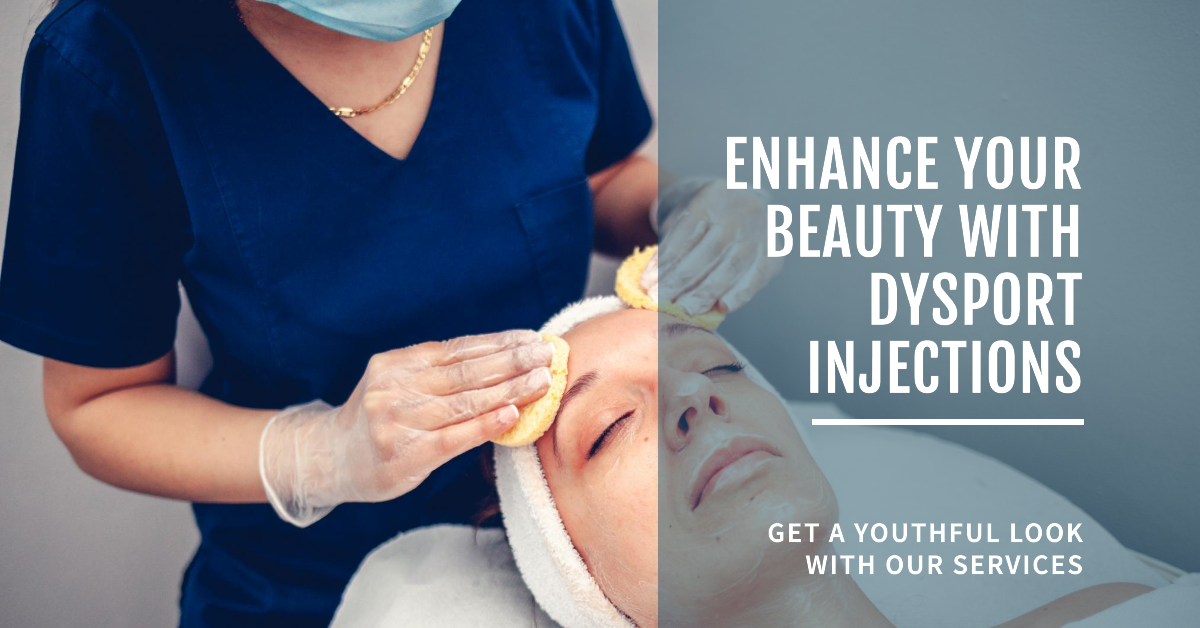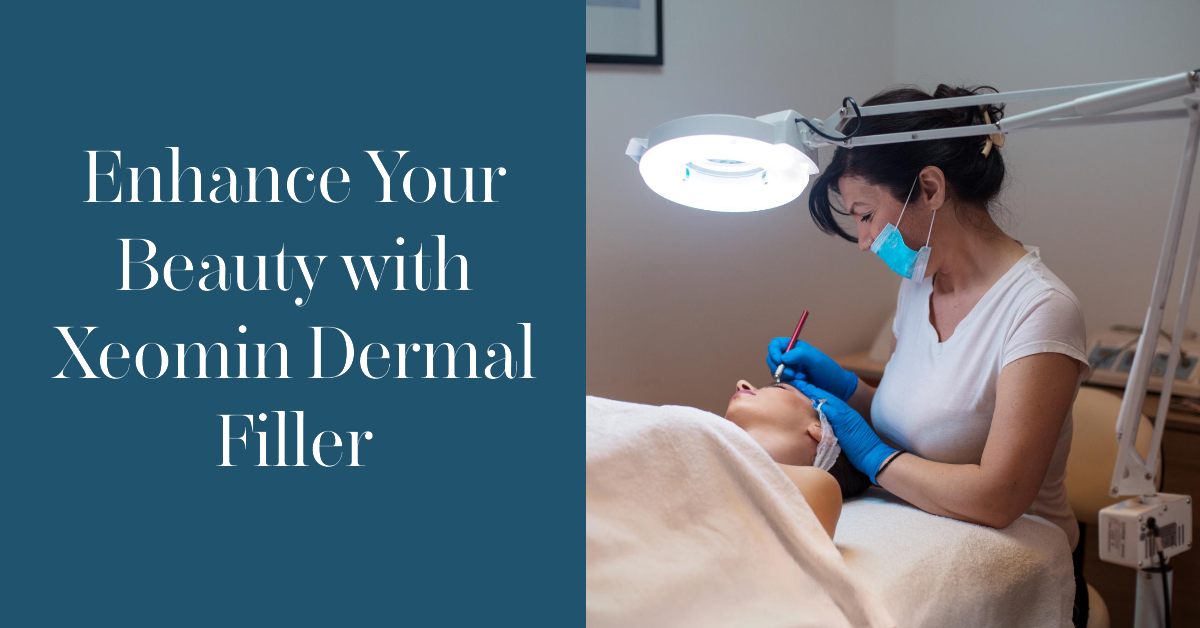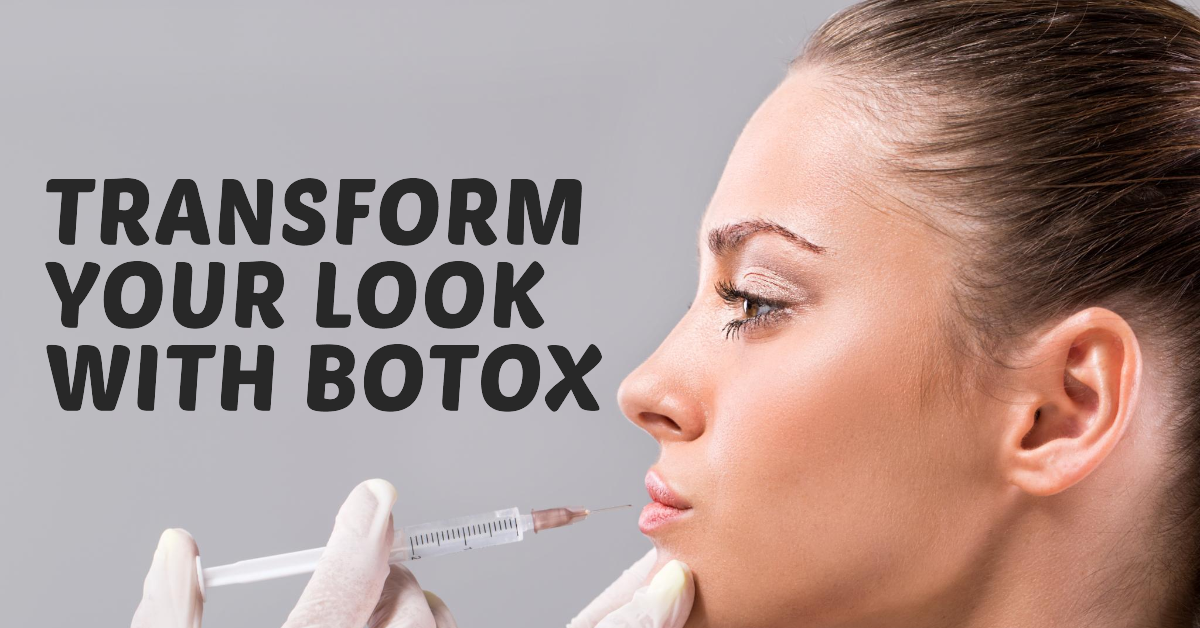Detailed Guide About Dysport Injection Areas White Plains New York USA
Detailed Guide About Dysport Injection Areas White Plains New York USA
- 220 Views
- February 23, 2024

Discover a smoother, more youthful you with Dysport injections! Explore the optimal areas for Dysport treatment, from frown lines to crow's feet. Uncover the beauty of targeted facial rejuvenation and let your confidence shine. Learn about Dysport injection areas and embrace a refreshed, natural look today.
In the quest for youthful and radiant skin, individuals often turn to various cosmetic procedures to address signs of aging. One such popular treatment is Dysport, a botulinum toxin type A injectable that temporarily reduces the appearance of facial wrinkles.
Understanding the specific areas where Dysport is injected is crucial for achieving optimal results while minimizing risks. In this comprehensive guide, we will delve into the various Dysport injection areas, exploring the science behind the treatment and its applications.
What is Dysport?
Dysport is a neurotoxin derived from the same bacterium as Botox, known as Clostridium botulinum. Like Botox, Dysport is used to temporarily paralyze specific muscles, preventing them from contracting and thereby reducing the appearance of wrinkles and fine lines. Dysport is particularly effective in treating dynamic wrinkles, which are caused by repetitive muscle movements over time.
Areas Treated with Dysport
1. Glabella Lines:
The glabella region, often referred to as the "11 lines," consists of the vertical lines between the eyebrows. These lines are formed due to repeated frowning or squinting. Dysport injected into this area helps relax the muscles, smoothing out the wrinkles and creating a more youthful appearance.
2. Forehead Lines:
Horizontal forehead lines are another common concern for individuals seeking facial rejuvenation. Dysport is strategically injected into the forehead to target the muscles responsible for raising the eyebrows. By reducing muscle activity, Dysport softens these lines and provides a smoother forehead.
3. Crow's Feet:
Crow's feet, the fine lines that radiate from the outer corners of the eyes, are often a result of smiling and squinting. Dysport can be applied in precise amounts to the muscles around the eyes, reducing the appearance of crow's feet and rejuvenating the eye area.
4. Bunny Lines:
Bunny lines refer to the horizontal lines that appear on the nose when a person scratches their nose. Dysport can be strategically injected into this area to relax the muscles and diminish the appearance of these lines.
5. Drooping Mouth Corners:
Dysport injections around the mouth area can help address concerns such as drooping mouth corners. By targeting specific muscles, Dysport provides a subtle lift to the corners of the mouth, restoring a more youthful and uplifted look.
6. Chin Dimpling:
The mentalis muscle in the chin can cause dimpling when it contracts. Dysport injections in this area can help smooth out the chin and reduce the appearance of dimples, contributing to an overall more refined facial appearance.
7. Neck Bands:
Aging can lead to the development of vertical bands or cords in the neck. Dysport can be used off-label in these areas to relax the underlying muscles, reducing the prominence of neck bands and contributing to a smoother neck contour.
8. Masseter Muscle (Jawline Slimming):
For individuals seeking a more defined jawline or experiencing issues related to teeth grinding, Dysport can be injected into the masseter muscles. This helps to relax the muscles, slimming the jawline and alleviating symptoms associated with excessive teeth grinding.
Procedure and Considerations
Dysport injections are typically performed in a clinical setting by a qualified healthcare professional, often a dermatologist or a plastic surgeon. The procedure is minimally invasive, involving the use of very fine needles to administer the injections.
Before the treatment, the practitioner will assess the patient's facial anatomy, discuss their aesthetic goals, and determine the appropriate dosage and injection sites. It's essential for individuals considering Dysport injections to have realistic expectations.
While the treatment can significantly reduce the appearance of wrinkles, it does not stop the aging process. Results are temporary and typically last around three to four months, after which additional injections may be required to maintain the desired effect.
Potential Side Effects
Like any cosmetic procedure, Dysport injections come with potential side effects. These can include temporary redness, swelling, bruising, or tenderness at the injection sites. In rare cases, individuals may experience headaches or eyelid drooping, known as ptosis. Choosing a skilled and experienced practitioner reduces the risk of adverse effects and ensures a more satisfactory outcome.
Where can I inject Dysport?
Dysport is a prescription medication that contains botulinum toxin type A, similar to Botox, and is used for cosmetic and therapeutic purposes. It is typically injected into specific muscles to temporarily paralyze or weaken them, thereby reducing the appearance of wrinkles and treating various medical conditions.
The common areas for Dysport injections in cosmetic procedures include the forehead, glabella (between the eyebrows), and crow's feet (the outer corners of the eyes). In therapeutic applications, Dysport may be injected into muscles affected by conditions such as cervical dystonia, muscle spasms, or excessive sweating (hyperhidrosis).
However, it is crucial to consult with a qualified healthcare professional, such as a dermatologist or plastic surgeon, to determine the appropriate injection sites based on your specific needs and medical history.
Always ensure that these injections are administered by trained and experienced professionals to minimize potential risks and side effects.
What areas is Dysport used for?
Dysport, a form of botulinum toxin type A, is commonly used for various medical and cosmetic purposes. In the medical realm, it is employed to treat conditions such as cervical dystonia, a neurological disorder characterized by abnormal neck muscle contractions and spasms.
Dysport is also utilized to alleviate muscle stiffness in the upper limbs, known as upper limb spasticity. Additionally, it has found application in the management of certain eye disorders, including blepharospasm, which causes involuntary eyelid contractions.
On the cosmetic front, Dysport is widely employed for aesthetic purposes to reduce the appearance of wrinkles and fine lines. Particularly, it is injected into facial muscles to temporarily paralyze them, leading to a smoothing effect on the skin.
Commonly treated areas include the forehead, frown lines between the eyebrows (glabellar lines), and crow's feet around the eyes. By inhibiting muscle contractions, Dysport helps diminish the visible signs of aging, providing individuals with a more youthful and refreshed appearance.
The versatility of Dysport in both medical and cosmetic applications highlights its efficacy in addressing a range of conditions related to muscle function and facial aesthetics.
Can you inject Dysport in your lips?
Dysport is a type of botulinum toxin, similar to Botox, and it is typically used for reducing wrinkles and fine lines by temporarily paralyzing muscles. However, it is not intended for use in the lips. For lip augmentation, dermal fillers are more commonly used.
These fillers, such as hyaluronic acid-based products like Juvederm or Restylane, can add volume to the lips and enhance their shape. If you are considering any cosmetic procedure, it's crucial to consult with a qualified and experienced medical professional, such as a dermatologist or plastic surgeon, who can assess your specific needs and provide appropriate recommendations based on your goals.
Final Lines
Dysport has become a popular choice for individuals seeking a non-surgical solution to facial aging. By strategically targeting specific muscles, Dysport injections can provide a refreshed and rejuvenated appearance.
Understanding the different Dysport injection areas is crucial for both practitioners and patients, as it allows for a tailored approach to address individual concerns and achieve optimal results.
As with any cosmetic procedure, it's essential to consult with a qualified healthcare professional to determine the suitability of Dysport and develop a personalized treatment plan tailored to individual needs and desired outcomes.
// About Me

Vanessa Osorio
Vanessa is a passionate skin care specialist/ esthetician with 8 years of experience under her belt embarking several states including South Florida and California. She has been a zealous advocate for expanding confidence in her clients through various skin treatments. Vanesa specializes in Medical-Grade anti-aging and body contouring services. She is certified in microneedling, microchanneling, ultrasound, radio frequency, and chemical peels among other advanced procedures.
// Popular Feeds
// Sponsor Adds















